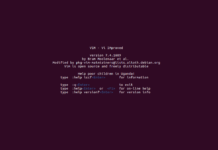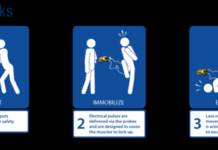Virtualization is the single most effective way to reduce IT expenses while boosting efficiency and agility—not just for large enterprises, but for small and midsize businesses too.
Virtualization addresses IT’s most pressing challenge: the infrastructure sprawl that compels IT departments to channel 70% of their budget into maintenance, leaving scant resources for business-building innovation -VMware
Virtualization lets you:
- Run multiple operating systems and applications on a single computer
- Consolidate hardware to get vastly higher productivity from fewer servers
- Save on overall IT costs
- Simplify IT management, maintenance, and the deployment of new applications
Components:
- Host : Host in underluting software installed on the hardware directly which enables virtualized platform
- Guest: Guest is the virtual machine which runs over Host , Many guest machines can run over host
- Hypervisor: Software which acts as a virtualization manager ;allocating resources, reosurce distribution, high availability different hosts machines etc
Types of Virtualization :
1. Full Virtualization (Hardware Virtualization) : Full virtuliazation is the virtualization in which guest machine emulates the full feature of underlying hardware – including the full instruction set, input/output operations, interrupts, memory access, and whatever other elements are used by the software that runs on the bare machine, and that is intended to run in a virtual machine. In such an environment, any software capable of execution on the raw hardware can be run in the virtual machine and, in particular, any operating systems.Hypervisor plats the role of a manager controlling, assigning and balancing the resources to guest machines.
2. Paravirtualization : In paravirtualization each guest machine knows resources allocated to other guest machines which makes it load free and their is no need for guest VMs to interact with Hardware directly.

















































